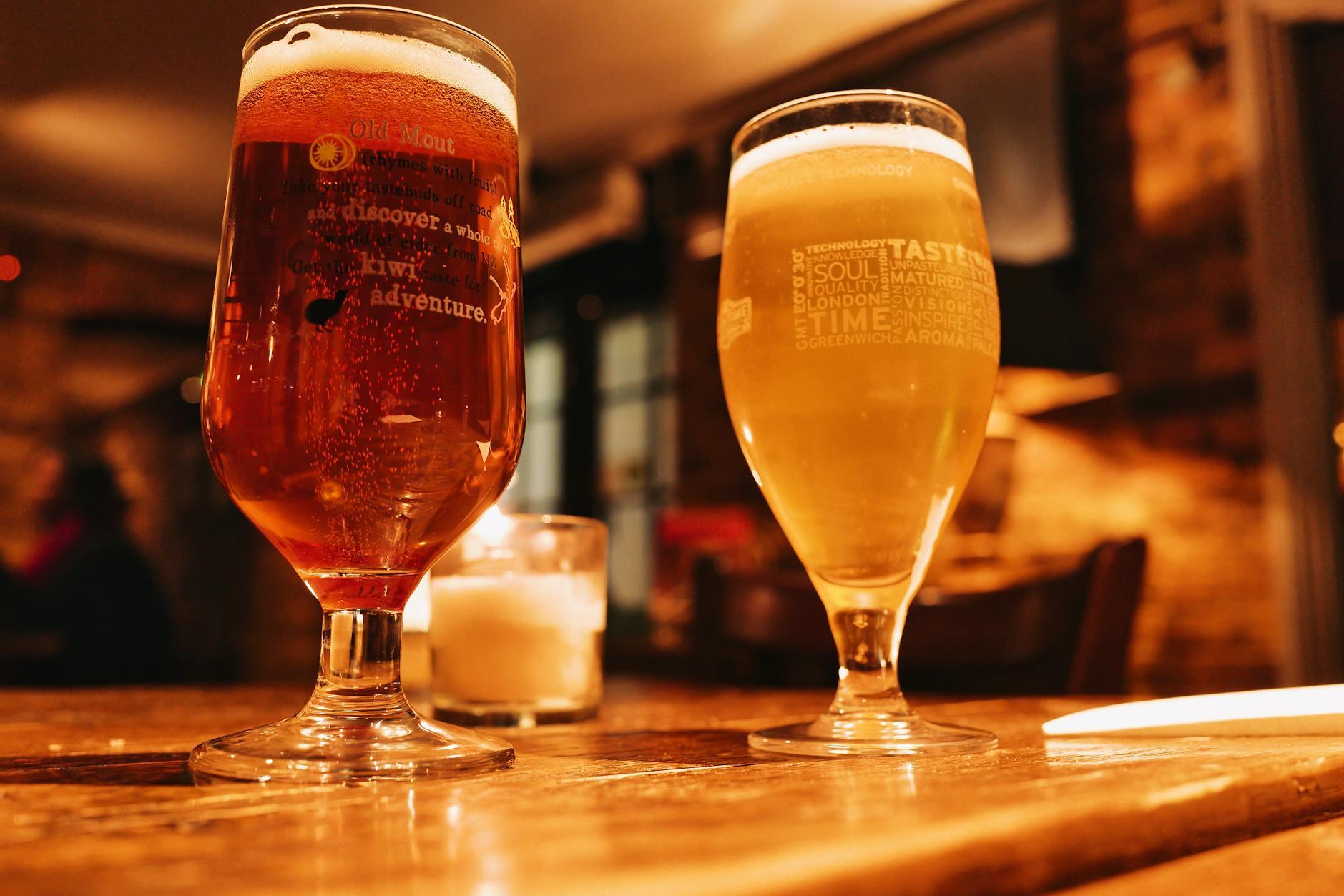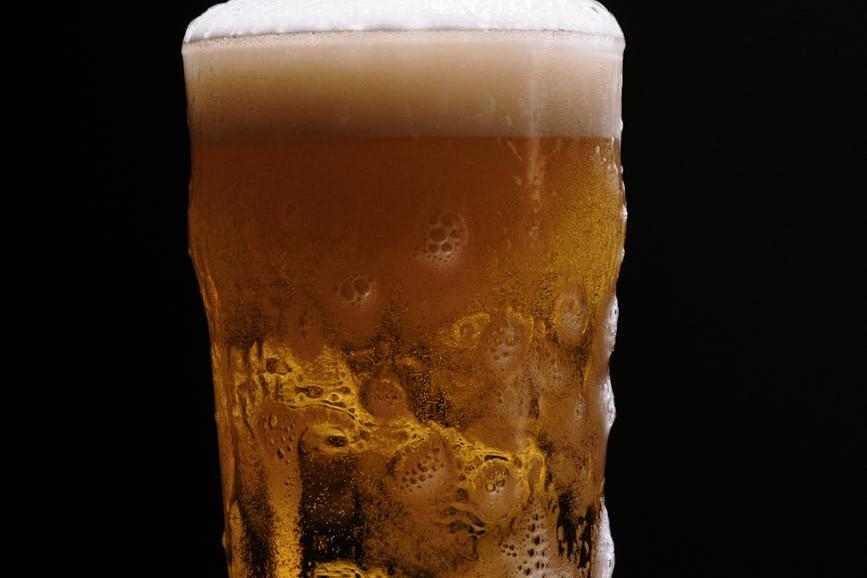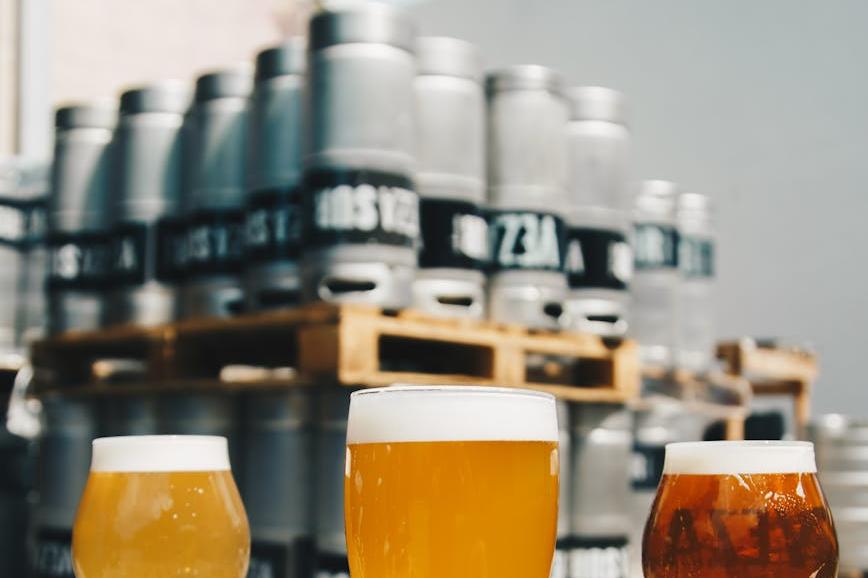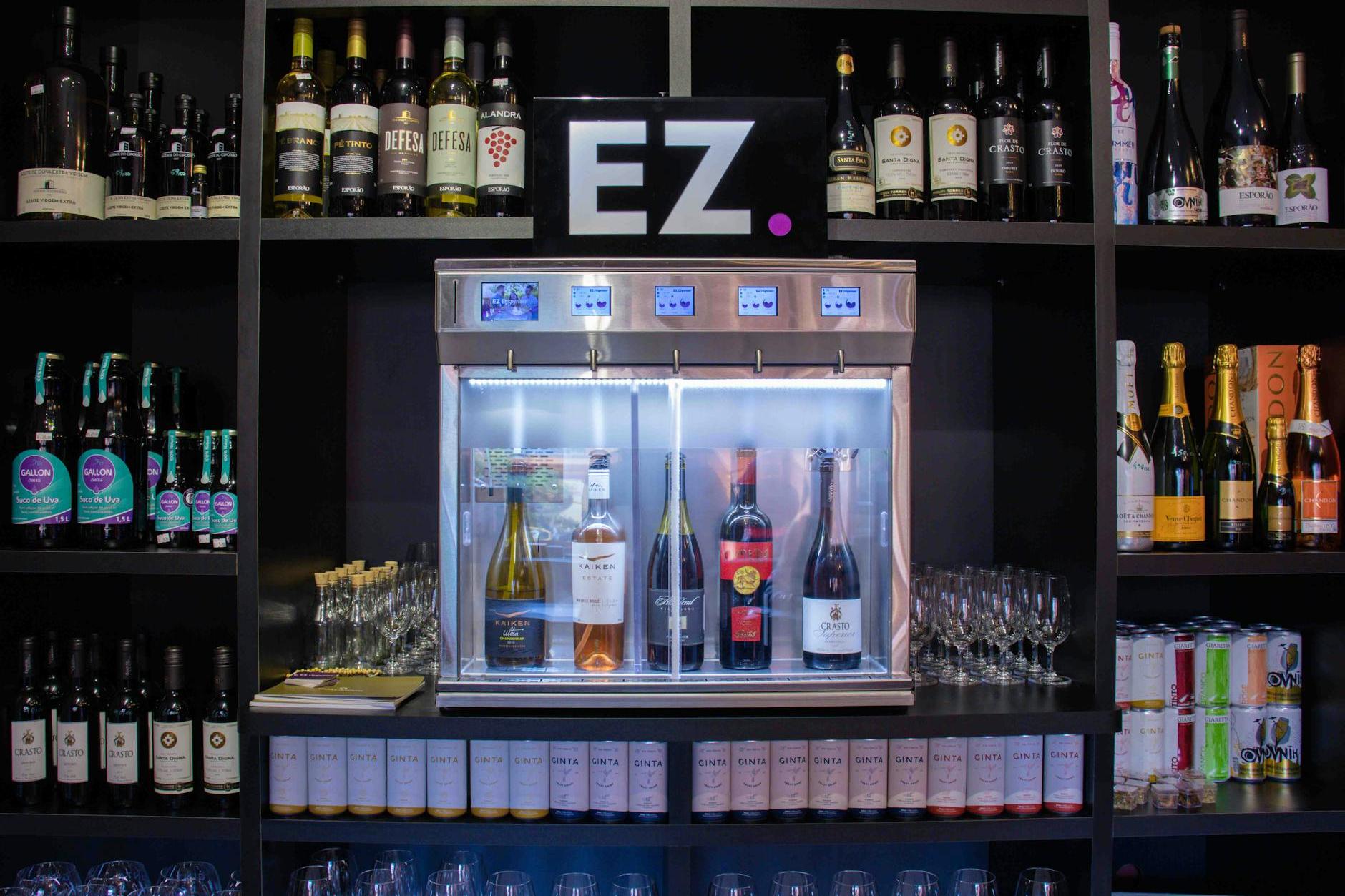- Shanghai Zhongshen International Trade Co., Ltd. - Two decades of trade agency expertise.
- Service Hotline: 139 1787 2118

Contents
ToggleThe Three Life-or-Death Challenges for Beer Distributors
In 2018, while representing a certain German dark beer brand, we mistakenly classified the goods incorrectly, resulting in an entire container of cargo being detained at the port for 28 days, incurring a demurrage fee of 5,000 yuan per day. This painful lesson made me deeply realize that being an imported beer agent involves far more than just sourcing products. The following three key aspects determine whether an agent can secure a share in this market, which boasts an annual scale exceeding 60 billion yuan.
Product Positioning: Don't Get Swayed by "Viral Trends"
A common mistake beginners make is blindly chasing after best-selling products on e-commerce platforms, unaware that these items often come with two major risks:
- Transparent pricing makes profitability difficult:A certain Belgian white beer inCross-border E-commerceThe platform's retail price is only 15% higher than our landed cost.
- Severe channel conflicts:A regional agent of a certain Japanese brand faced inventory backlog in traditional channels due to the manufacturer's direct supply to community group buying.
It is recommended to adopt a "3+2" product selection strategy:
| Category Characteristics | Successful Cases | Lessons from Failures |
|---|---|---|
| Fruit-flavored with alcohol content below 5% | A certain Italian grapefruit-flavored beer sells 200,000 cans per month in convenience stores across the Yangtze River Delta region. | A high-alcohol craft beer is experiencing sluggish sales in third- and fourth-tier cities. |
| Small sizes below 330ml | The premium rate of 200ml canned beer in Spain reaches 80% in the food and beverage channel. | A 500ml German beer was boycotted by retailers due to its excessively high single-bottle price. |
Customs Clearance Practices: These Details Can Save Six-Figure Costs
According to data from the General Administration of Customs in 2023, the inspection rate for imported beer increased by 12% year-on-year, with 32% of inspection issues related to commodity classification. Three practical experiences are noteworthy:
- Pre-classification declaration:A certain Belgian beer was reclassified due to "differences in fermentation processes," with its tax rate increasing from 13% to 32%.
- Document Management:The latest requirement states that imported beer must be accompanied by a certificate issued by the original manufacturer.Malt Content Certificate
- Cold chain connection:A certain Canadian ice wine-flavored beer developed protein precipitation due to failure to meet the required transportation temperature standards.
It is recommended to adopt a phased customs clearance strategy:
- The first container is adopted.Maritime TransportationFCL + Bonded Warehousing
- Label filing can be completed in advance.
- Avoid additional charges due to port congestion.
- Switch to stable shipping after...China-Europe Railway Express
- The transportation lead time is reduced by 40%.
- Better suited for high-turnover products
Channel Game Theory: Evading the Firepower Coverage Zones of Giants
The breakthrough case of a Dutch beer brand agent in the East China market is worth learning from:
- Misaligned competition:Abandon KA stores and focus on the refrigerators in 24-hour convenience stores.
- Scenario Marketing:Collaborate with crayfish restaurants to launch a "Buy Three Jins, Get Two Bottles Free" promotion.
- Regional Protection:Strictly delineate the service radius of dealers to prevent price wars.
Special reminder: Pay attention to the trend of channel transformation.
- Requirements for community group buying channels15-day payment term + unconditional return and exchange
- Preparations needed for live streaming salesSpecial edition packaging(Like a mini trial size)
- Craft beer bar channels place greater emphasis on...Exclusive agency rightsandStorytelling packaging capability
At the End: The Survival Rules for Agents
The China general agent of a Nordic beer brand once told me: "There are no permanent winners in this industry, only survivors who remain vigilant at all times." He suggested doing three things every quarter:
- Verify the announcement of changes in customs tariff regulations (with a focus on revisions to Chapter 22).
- Request the latest from overseas suppliers.Halal CertificationDocuments
- Test the input-output ratio of new channels (it is recommended to keep it within 20% of the main business volume).
Recently assisted an agent in passing throughImported beer + domestic craft beerThe combined strategy increased the channel profit margin from 18% to 35% within three months. This case once again proves that innovation based on a thorough understanding of the rules is the sustainable path for imported beer distribution.
Related Recommendations
? 2025. All Rights Reserved. Shanghai ICP No. 2023007705-2  PSB Record: Shanghai No.31011502009912
PSB Record: Shanghai No.31011502009912










